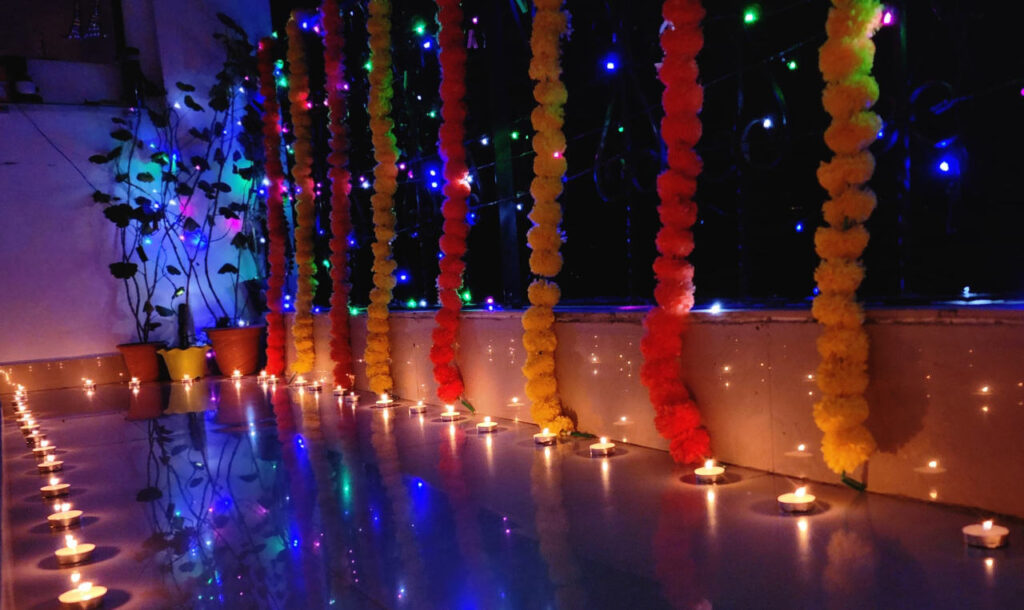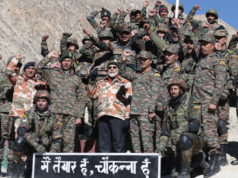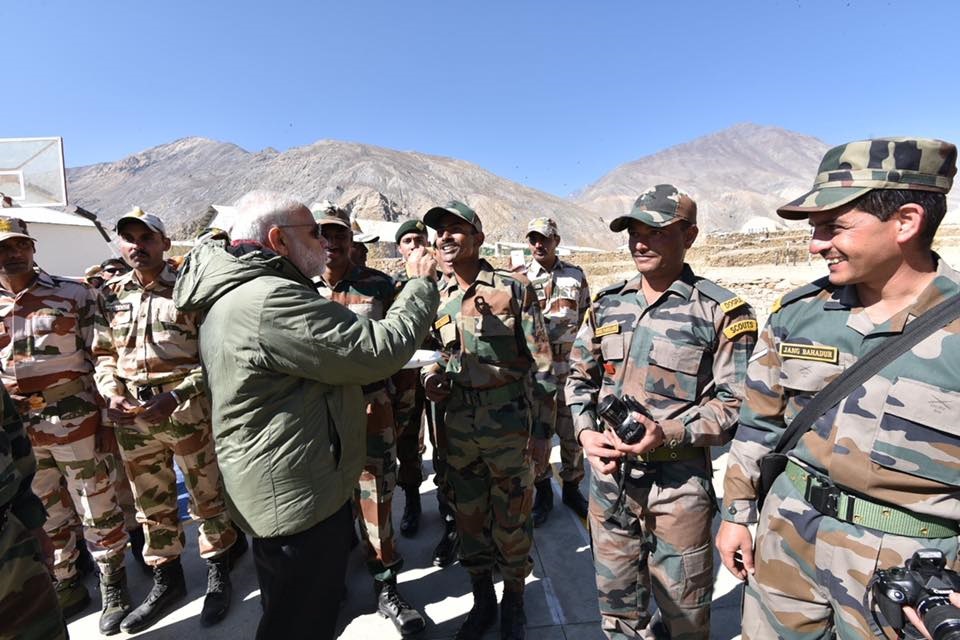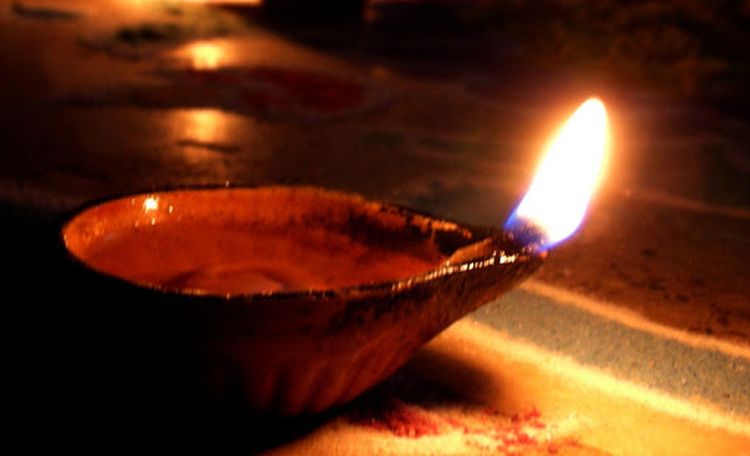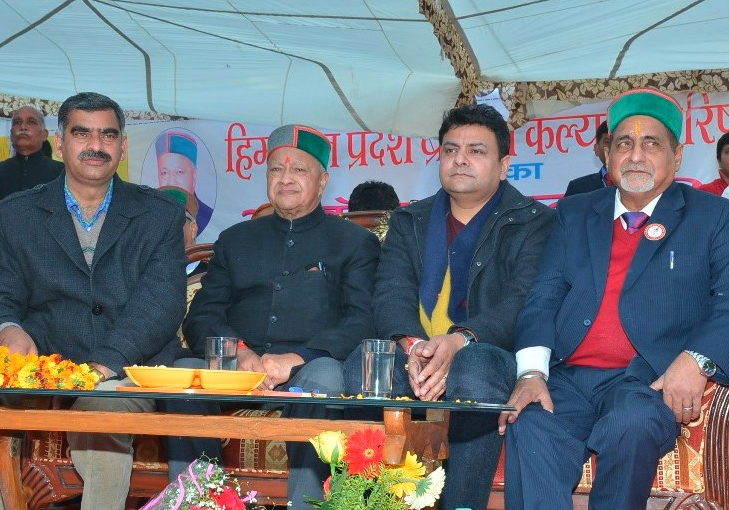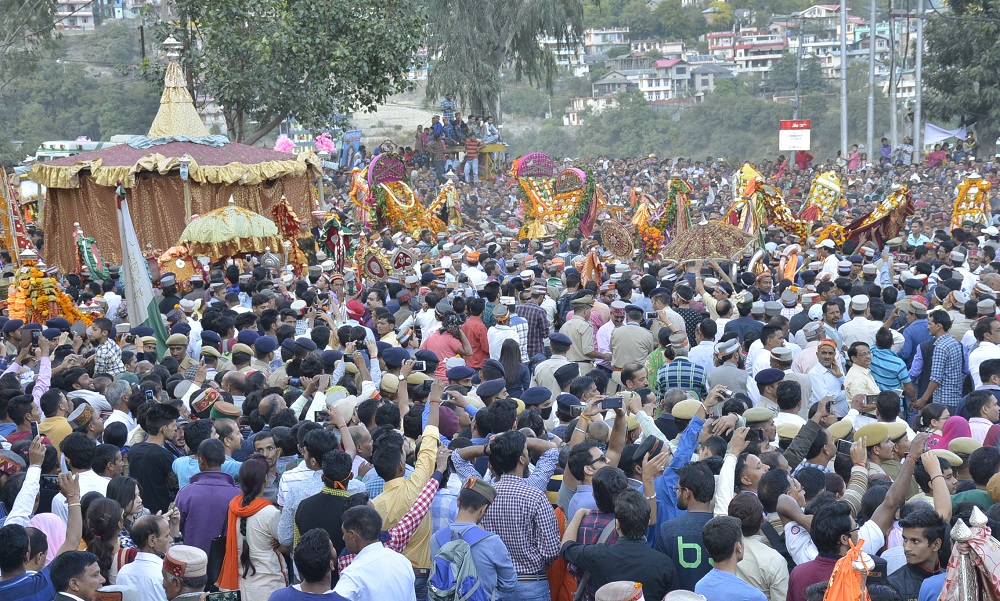Himachal Pradesh, known for its vibrant festivals and age-old traditions, is home to fascinating customs that reflect the region’s deep-rooted beliefs. From the temple town of Baijnath, where Dussehra is not celebrated in honour of Lord Shiva’s eternal meditation, to the haunting tale of Sammoo village in Hamirpur, where Diwali is never observed, the state’s cultural landscape is both captivating and mysterious.
While the rest of India lights up with the brilliance of Diwali, the villagers of Sammoo, located 25 km from Hamirpur, observe a haunting silence. There are no sparkling diyas, no sounds of bursting crackers, and no feasts to mark the occasion. The reason? A centuries-old curse is believed to bring misfortune and death if the festival is celebrated.
According to local legend, generations ago, a pregnant woman set out to her parents’ home to celebrate Diwali, only to receive the devastating news that her husband, a soldier in the king’s court, had died. Overcome by grief, she committed Sati—burning herself on her husband’s funeral pyre—and cursed the village, declaring that they would never be able to celebrate Diwali again. Since then, the villagers have abstained from any celebration on this day, fearing the dire consequences of defying the curse.
Living Under the Shadow of the Past
The tale has been passed down for generations, and to this day, the people of Sammoo strictly observe the custom, believing that defying the curse would invite disaster. Village elder, who has lived through over 50 Diwalis without celebration, recalls the many attempts made to break free from the tradition. “Whenever someone tries to observe Diwali, something tragic happens. If a family even accidentally bursts crackers or prepares festive dishes, misfortune is inevitable,” she explains.
Over the years, the villagers have sought to rid themselves of the curse through religious rituals, such as havans and yagyas, but nothing has lifted the shadow that hangs over their village. Gulshan, another resident, speaks of a family that moved far from the village and tried to celebrate Diwali, only to see their house consumed by fire. “The curse follows us wherever we go,” he says, adding that instead of festive celebrations, the villagers light diyas only to worship the woman who committed Sati, ensuring they honour her spirit.
The Weight of Tradition
Despite the unrelenting belief in the curse, the younger generation in Sammoo has started questioning whether they should continue adhering to the tradition. Many express a desire to break free, yet the fear of the curse remains strong, reinforced by stories of past tragedies. “Even today, the elders warn us that observing Diwali will lead to misfortune,” says a younger villager.
What makes Sammoo’s story even more intriguing is the contrast it shares with other parts of Himachal, where unique customs define their own relationship with festivals. In Baijnath, Dussehra is never celebrated, as the locals believe it would disturb Lord Shiva’s eternal meditation at the ancient temple there. These customs, though vastly different, both stem from a deep reverence for tradition and the fear of upsetting the spiritual order.
From Baijnath’s reverence for Lord Shiva to Sammoo’s fear of a Sati’s curse, Himachal Pradesh is a land where myth and reality intertwine. These customs, while unusual, offer a glimpse into the state’s cultural diversity and the power of collective memory in preserving ancient traditions. As the state progresses, the challenge for many villagers lies in balancing respect for their past with the desire to embrace modernity. Whether these customs will endure or evolve remains to be seen, but for now, they are a vivid reminder of Himachal’s rich cultural tapestry.


